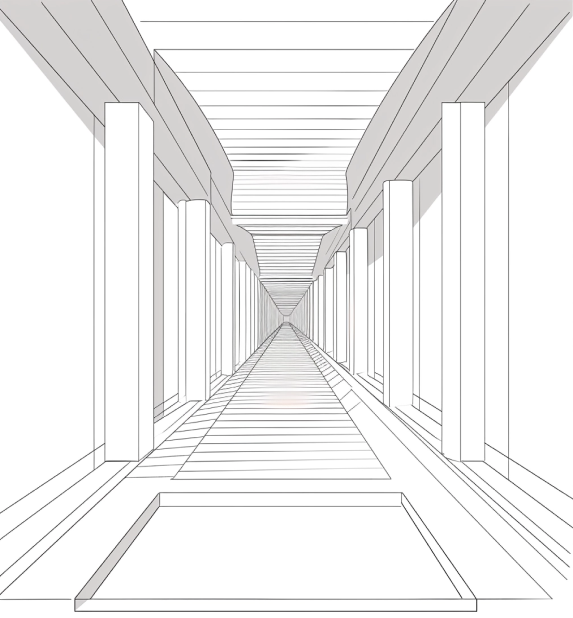call me back
Have a project in mind? Fill out the form below and we`ll get back with you as soon as we have the chance
28/08/2024
Acoustic partitions are special structures designed to reduce noise levels and improve sound insulation in rooms. Their manufacture requires the use of materials with high sound-absorbing and sound-insulating properties.
– High sound insulation: Thanks to special materials and design, such partitions effectively reduce the level of noise penetrating from adjacent rooms.
– Mobility: The ability to quickly and easily move folding partitions allows you to flexibly change the layout of the space.
– Aesthetic appearance: A wide selection of materials and finishes allows you to choose partitions that fit harmoniously into any interior.
– Additional functions: Some models can be equipped with built-in lighting, projection or sound amplification systems.
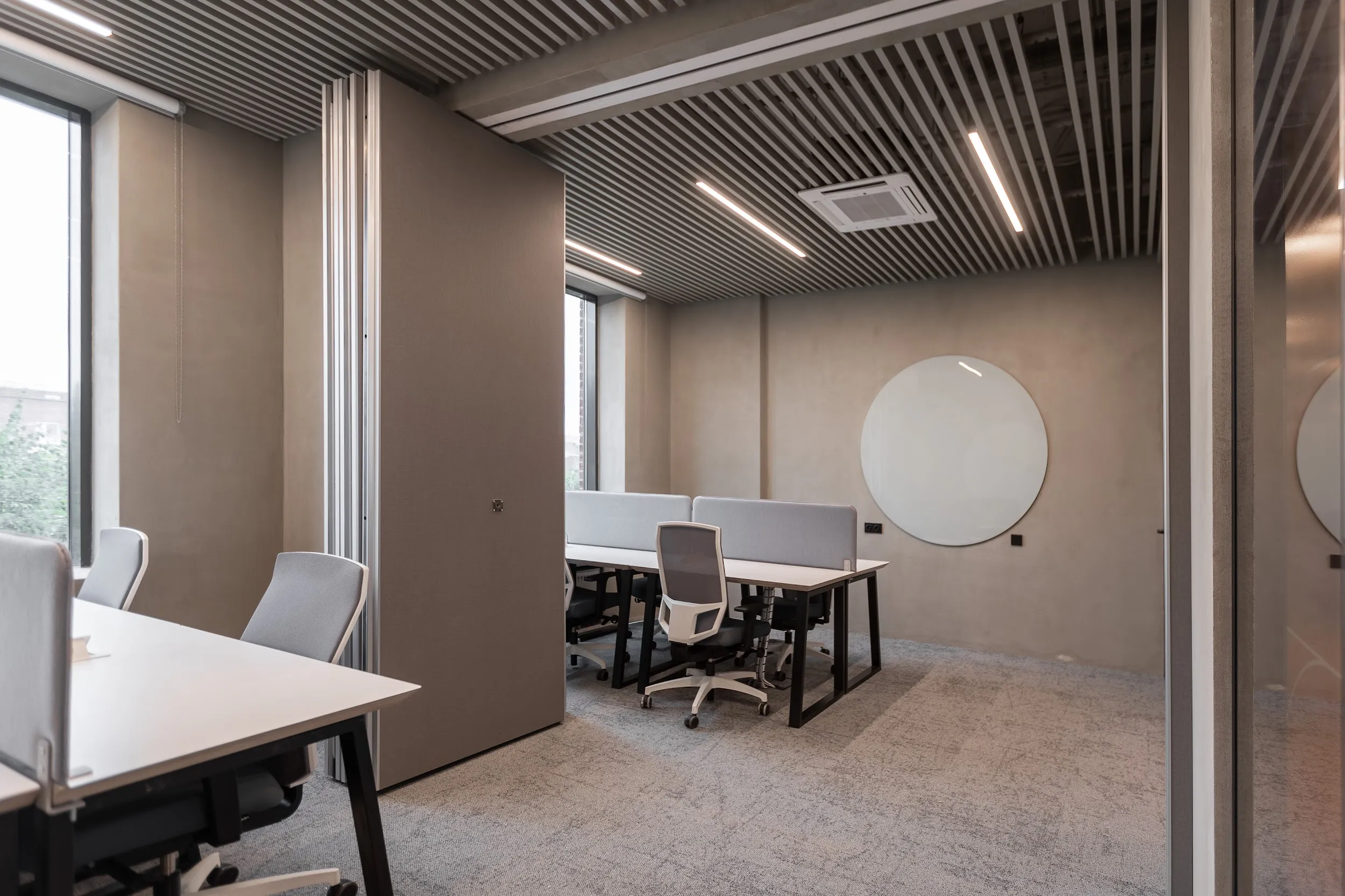
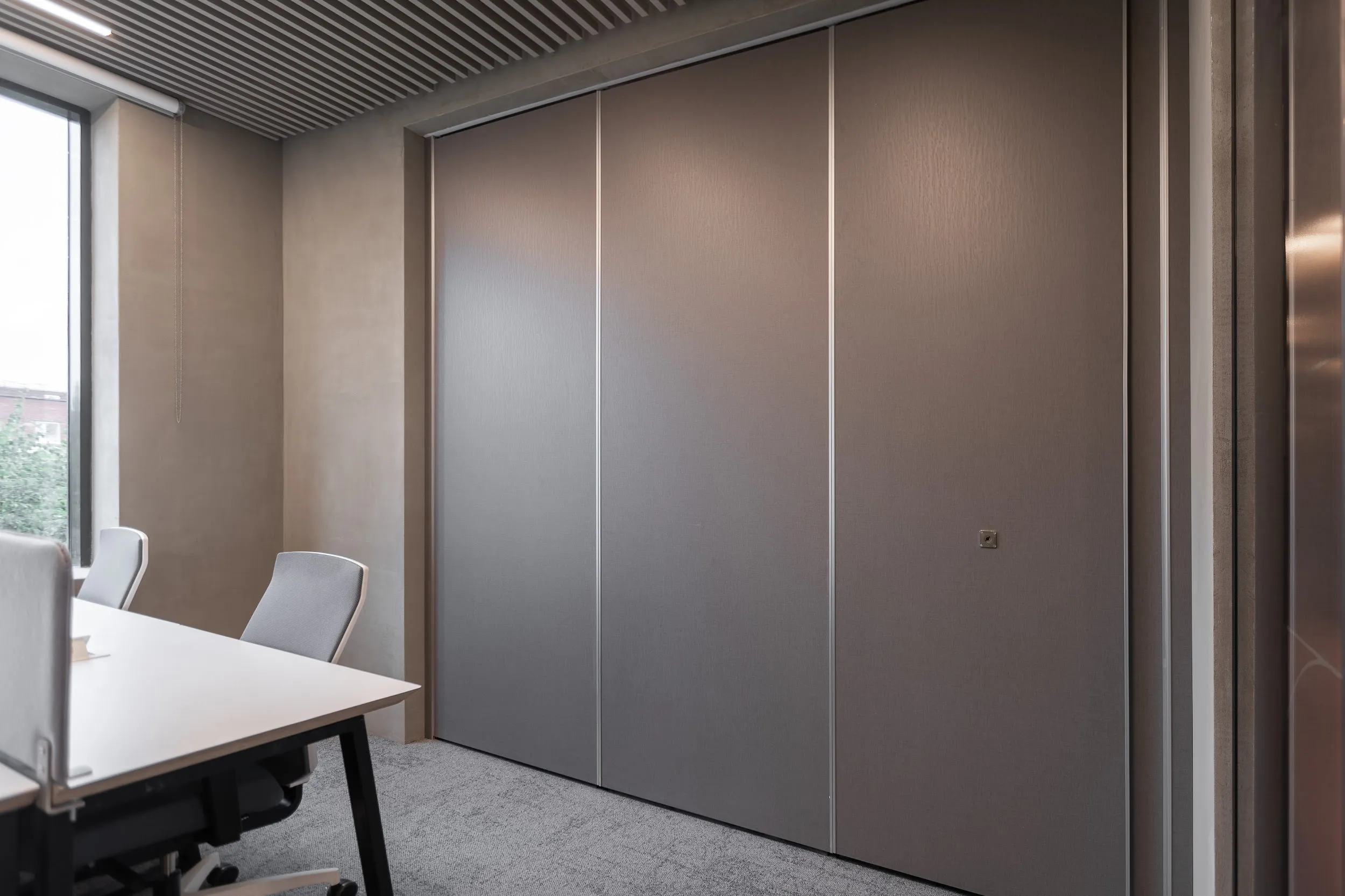
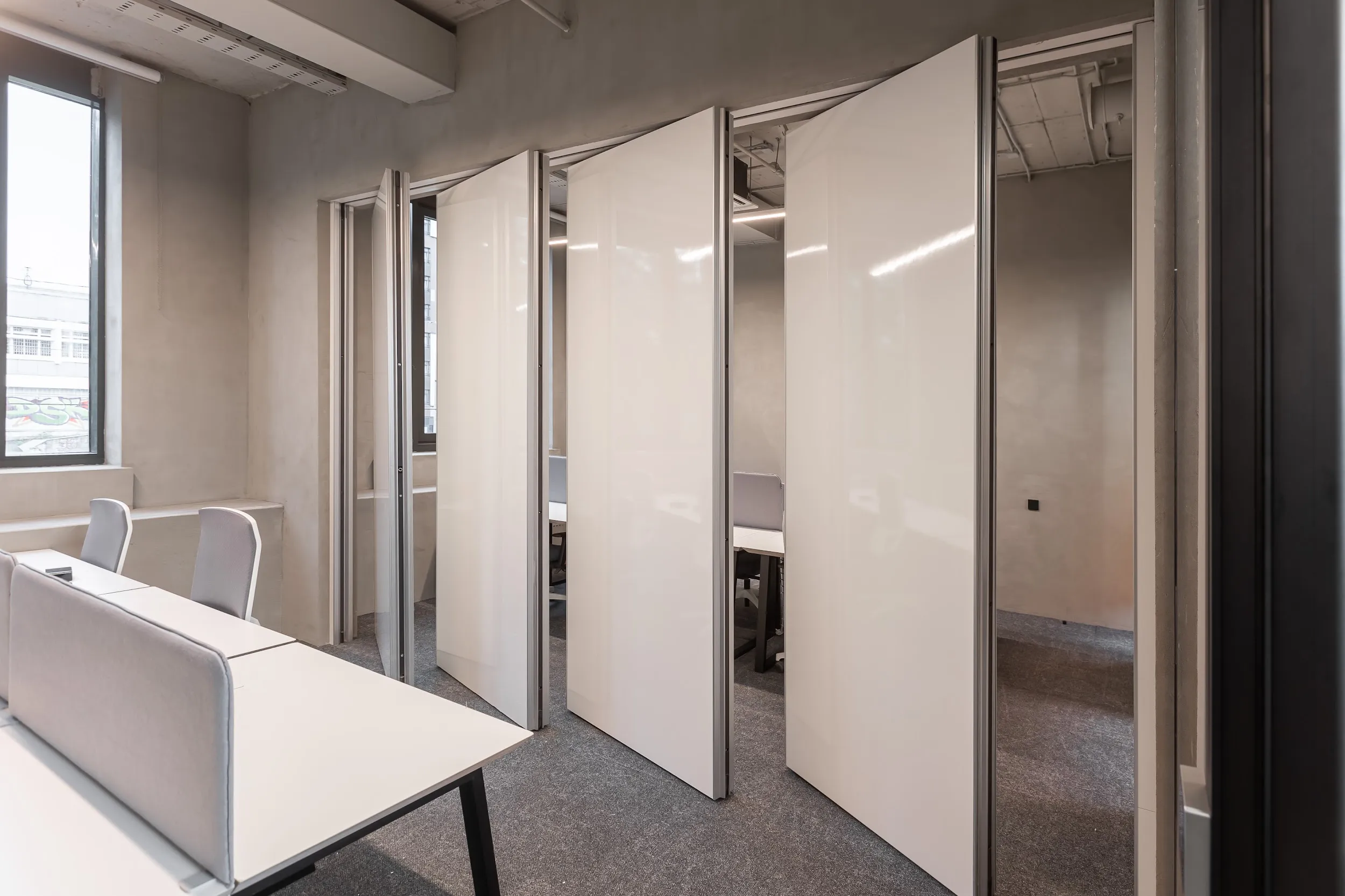

Frame: Usually made of aluminum or steel. These materials provide structural strength and ease of movement.
Filler: This is the key element that provides sound insulation. The most commonly used are:
– Mineral wool: Has excellent sound-absorbing properties, is fire-resistant and moisture-resistant.
– Basalt wool: Similar to mineral wool, but has even better characteristics.
– Polyurethane foam: Lightweight and flexible material, absorbs sound well.
– Acoustic panels: Special panels made of foamed polymers or other materials have high porosity and effectively absorb sound.
Sheathing: Various materials are used for finishing partitions:
– Fabrics: Wool, felt or acrylic fabrics have good sound-absorbing properties and a wide range of colors.
– Melamine: Strong and durable material, easy to clean and disinfect.
– Veneer: Gives partitions a natural look and improves their acoustic characteristics.
– Laminate: Affordable and practical material that imitates various textures.
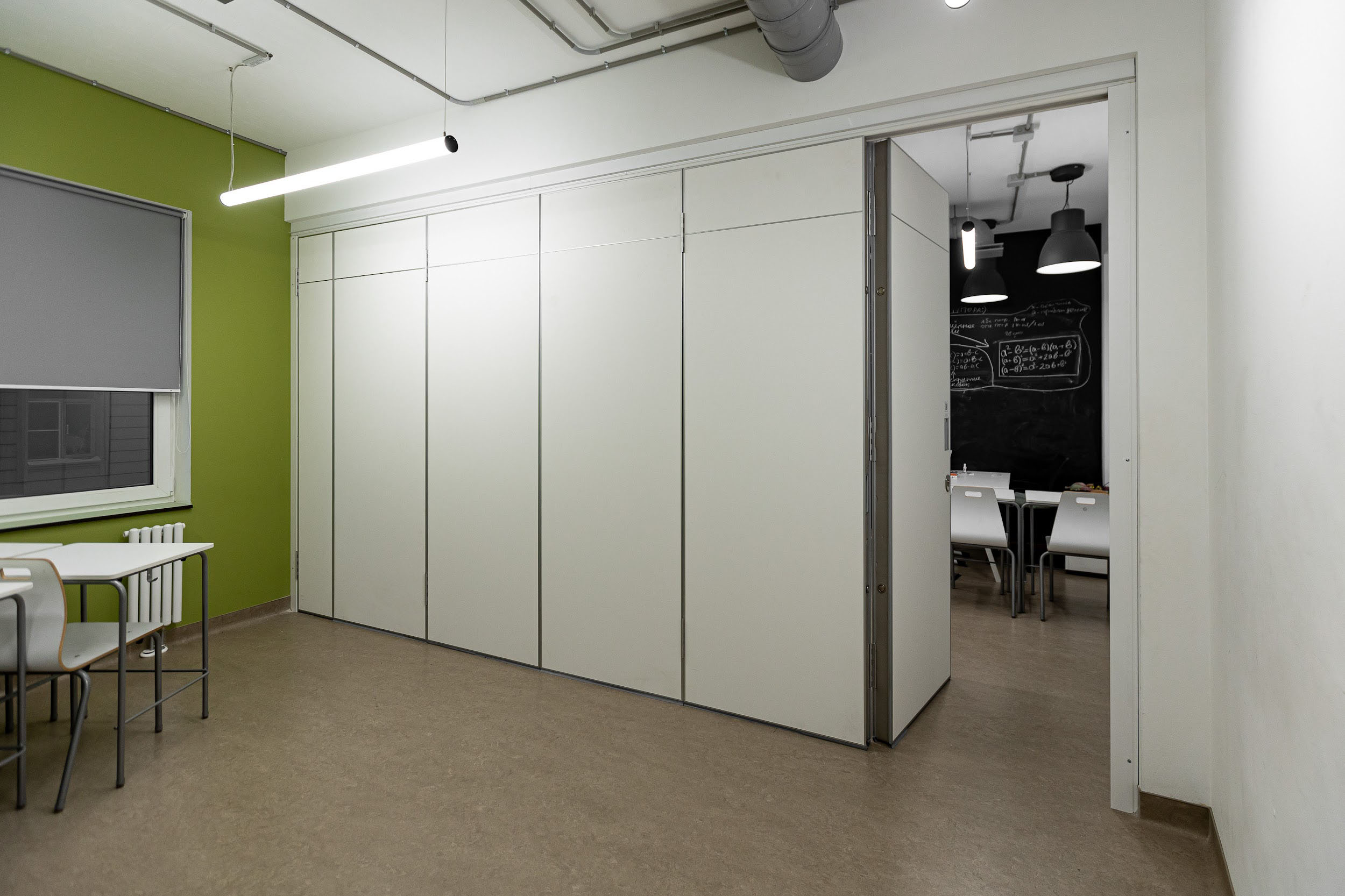
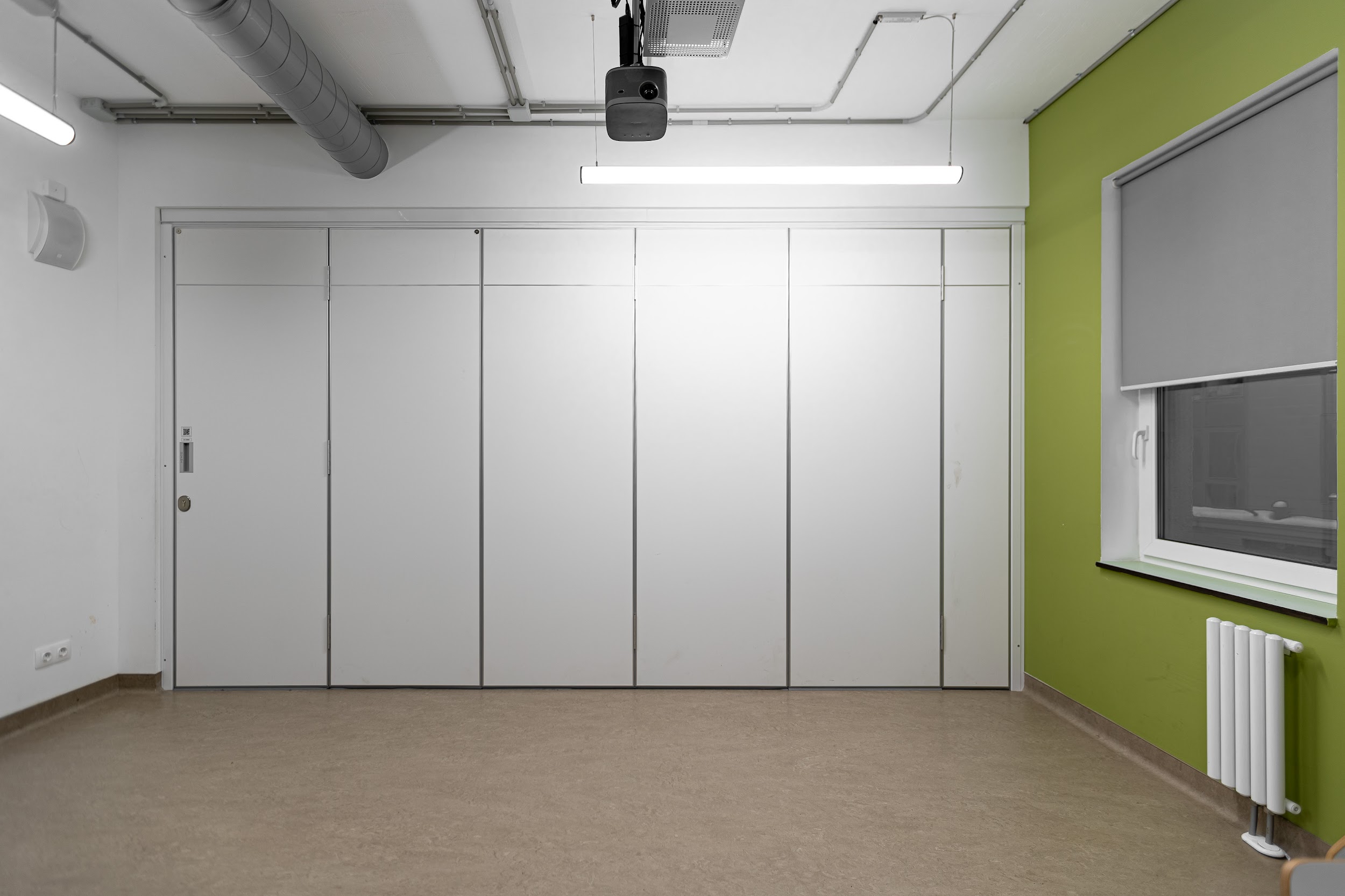
Sound absorption: Porous materials such as mineral wool or acoustic panels absorb sound waves, converting them into thermal energy.
Sound insulation: Solid materials such as glass or chipboard reflect sound waves, preventing them from penetrating into adjacent rooms.
Combination of materials: To achieve optimal results, acoustic partitions combine different materials. For example, an aluminum frame, mineral wool filling and fabric upholstery.
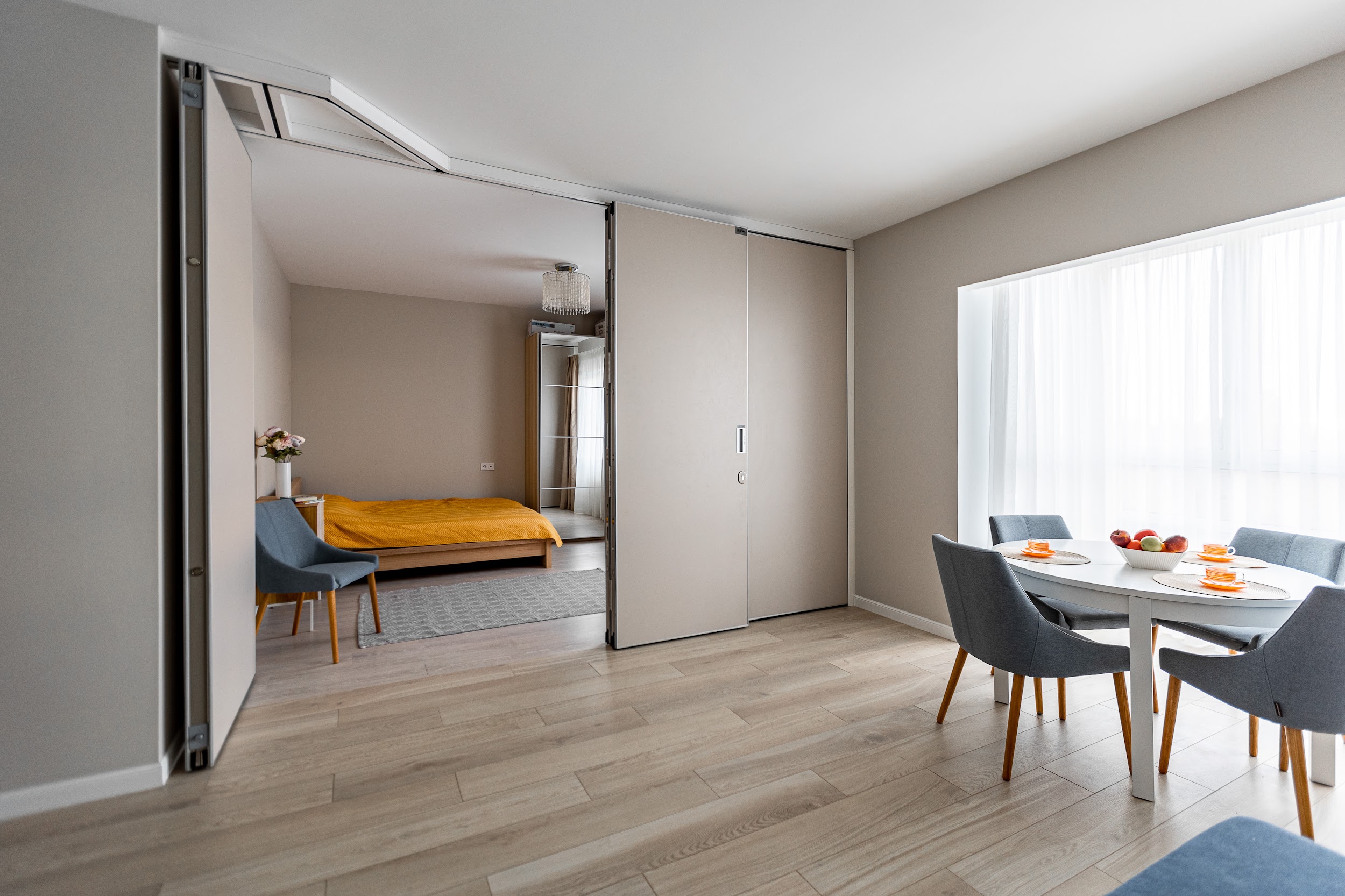
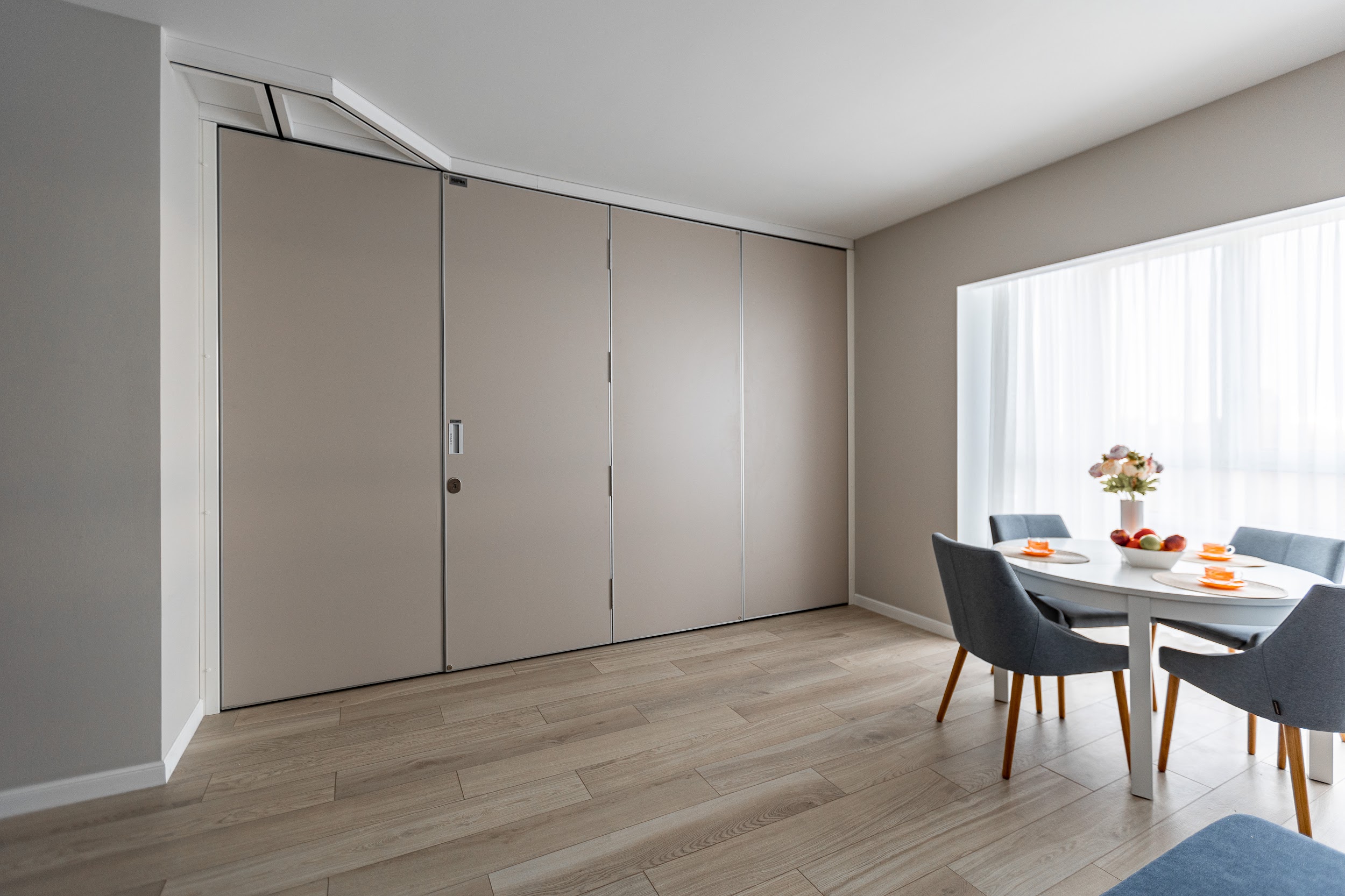
Required level of sound insulation: Different rooms require different levels of noise protection.
Interior design: Materials should harmoniously match the overall style of the room.
Budget: The cost of partitions depends on the materials chosen and the complexity of the design.
Modern acoustic partitions can be equipped with additional functions:
Built-in lighting systems: Allow you to adjust the level of illumination in the room.
Projection screens: Transform the partition into an interactive surface for presentations.
Sound amplification: Provide high-quality sound accompaniment for events.
Flexibility of layout: Allows you to quickly and easily change the configuration of the space.
Effective sound insulation: Creates a comfortable acoustic environment.
Aesthetic appearance: A wide selection of materials and finishes allows you to choose partitions for any interior.
Durability: With proper care, they serve for many years.
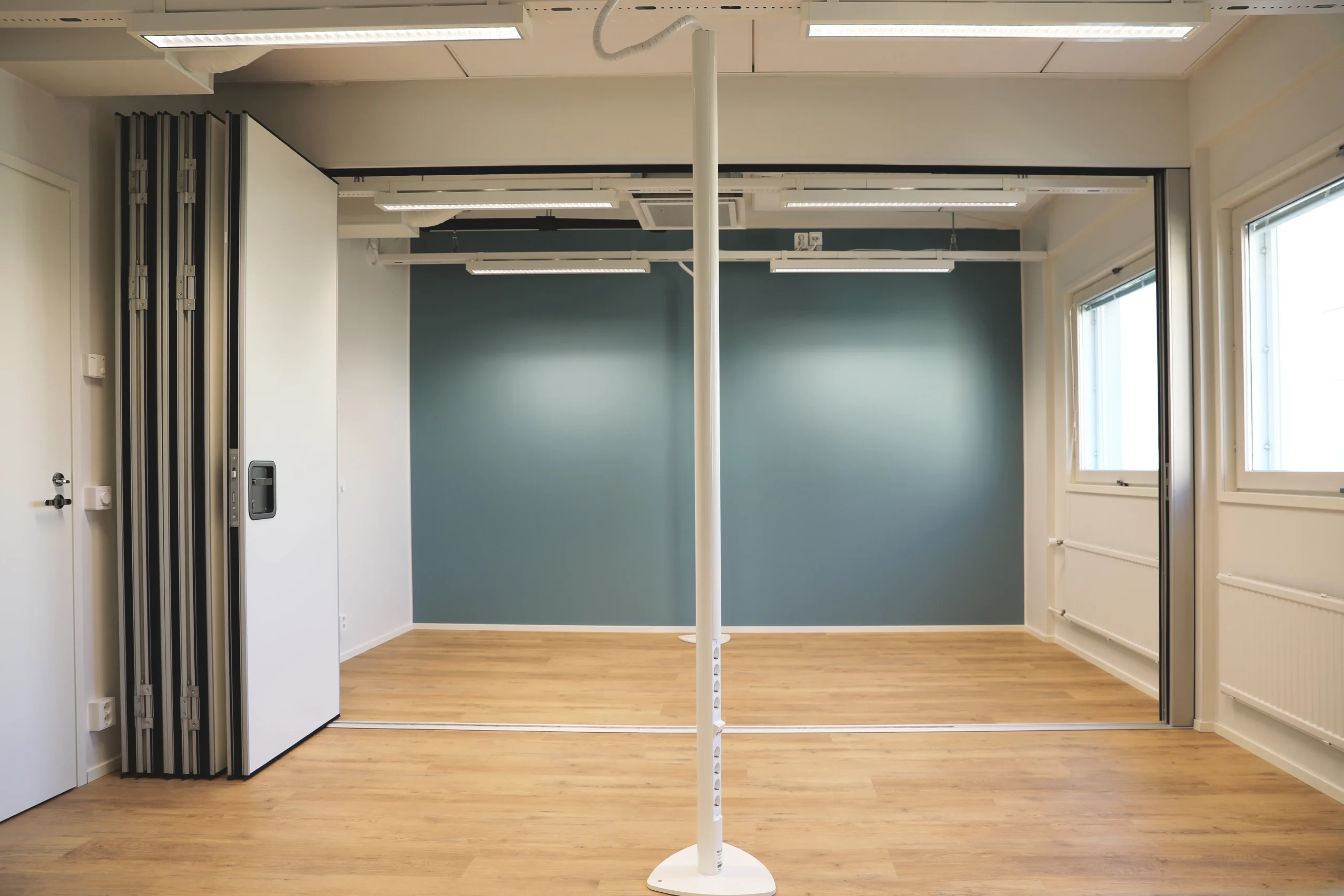
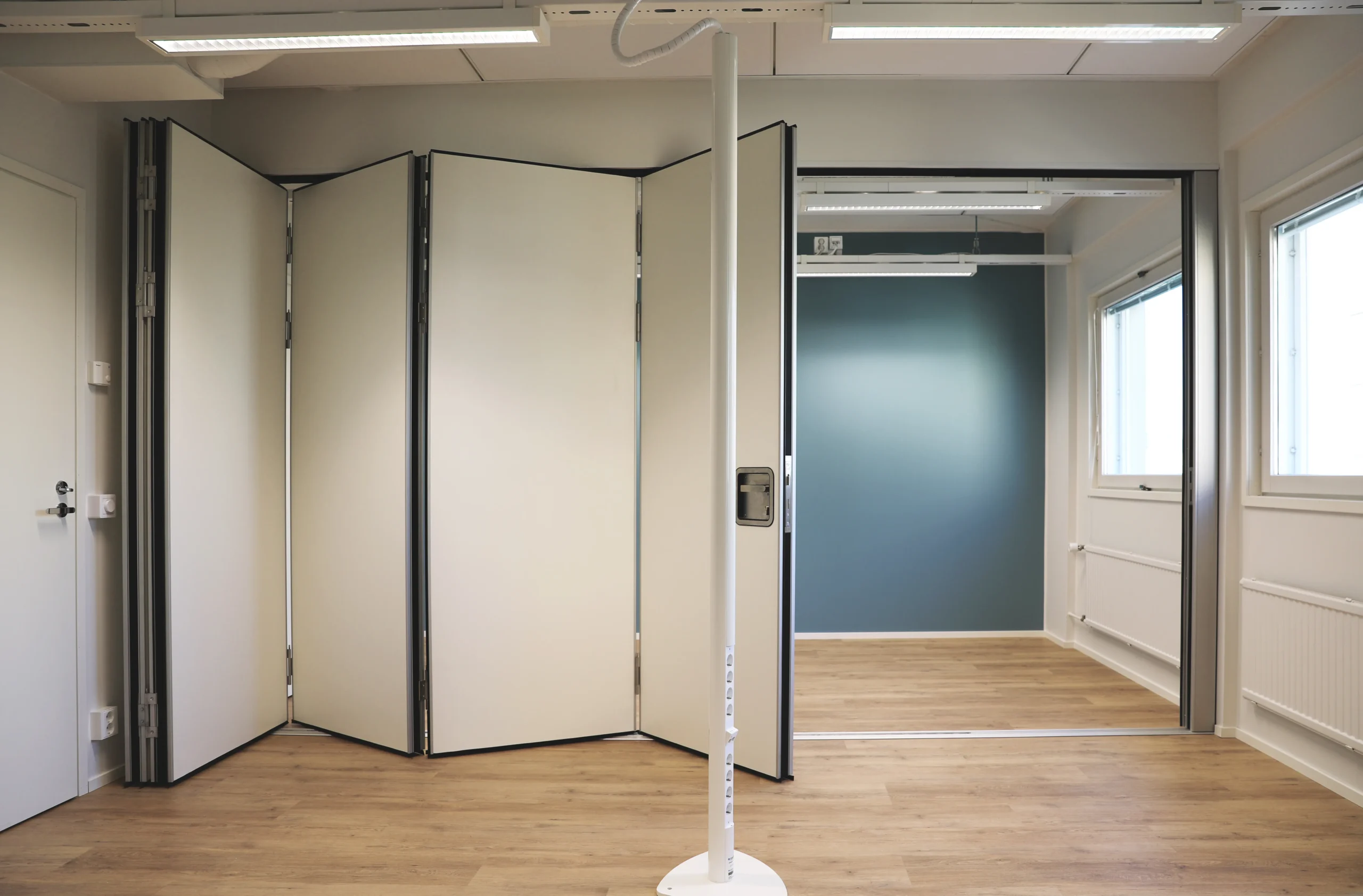
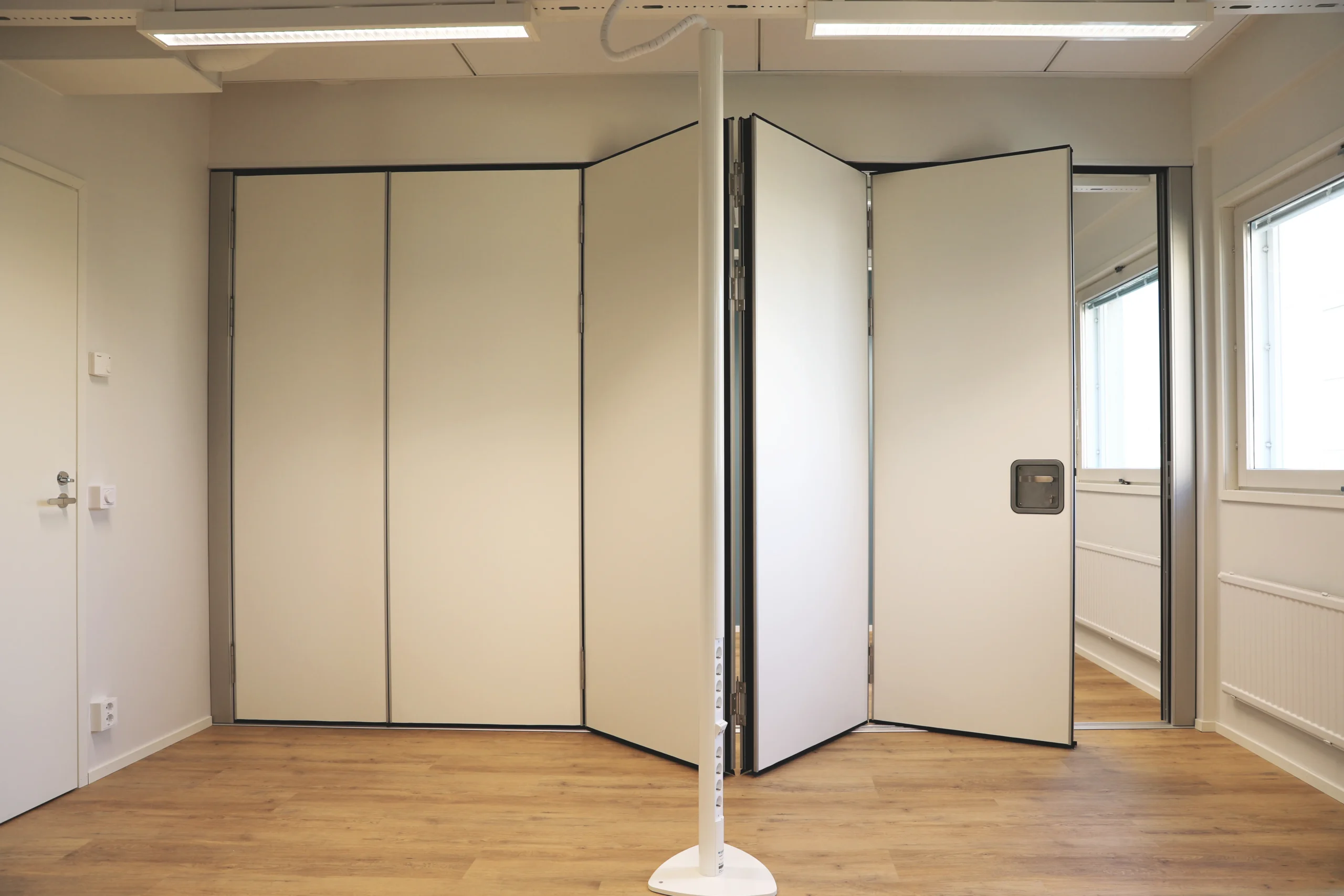
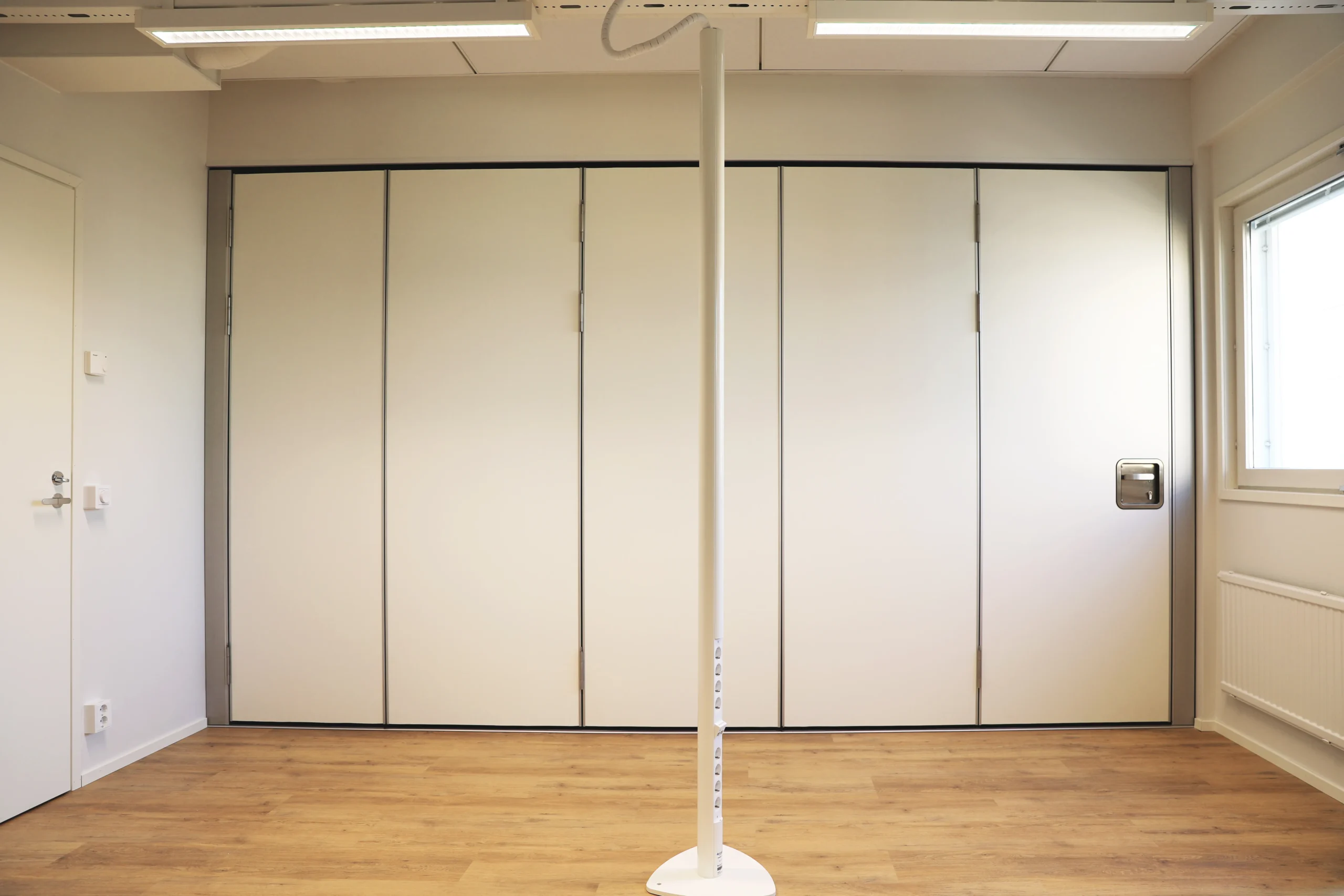
Get weekly update about our product on your email, no spam guaranteed we promise ✌️
Our company offers the opportunity to get acquainted with the drawings of our products️️
Select download format